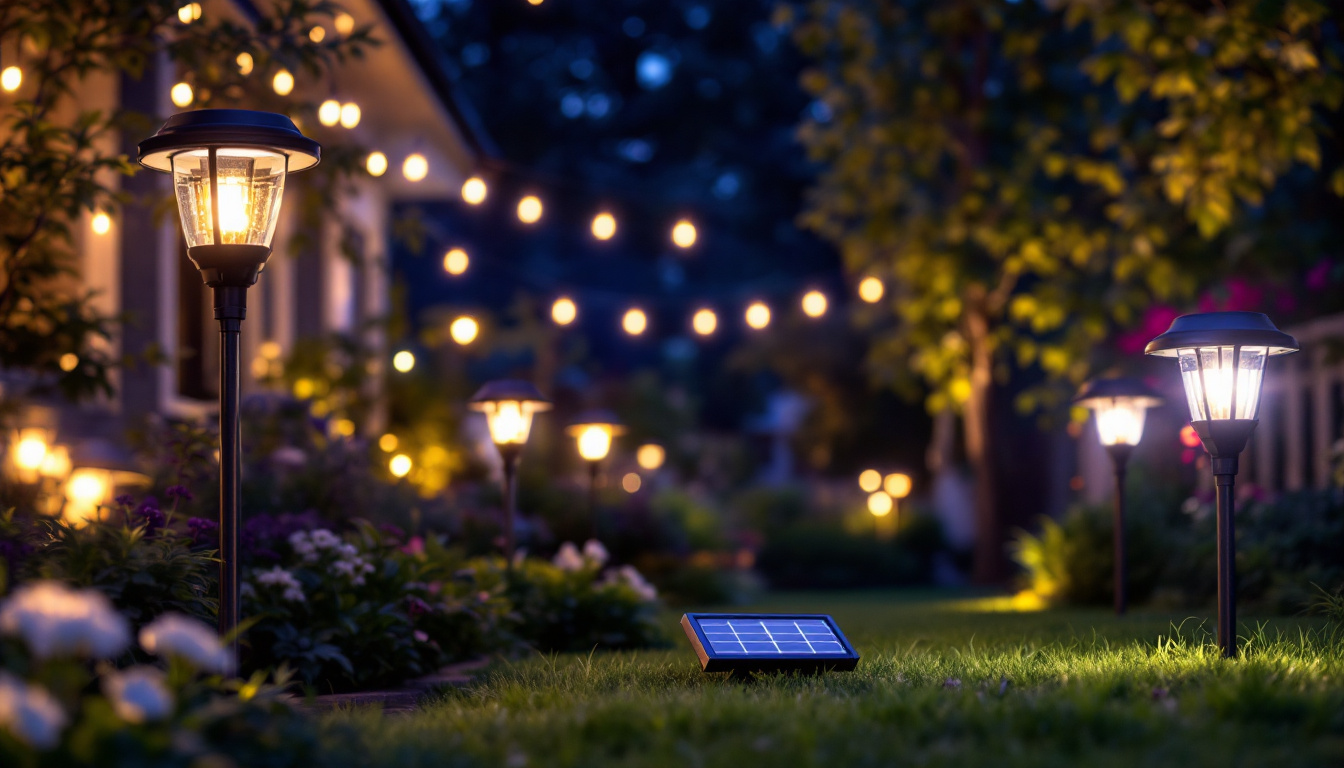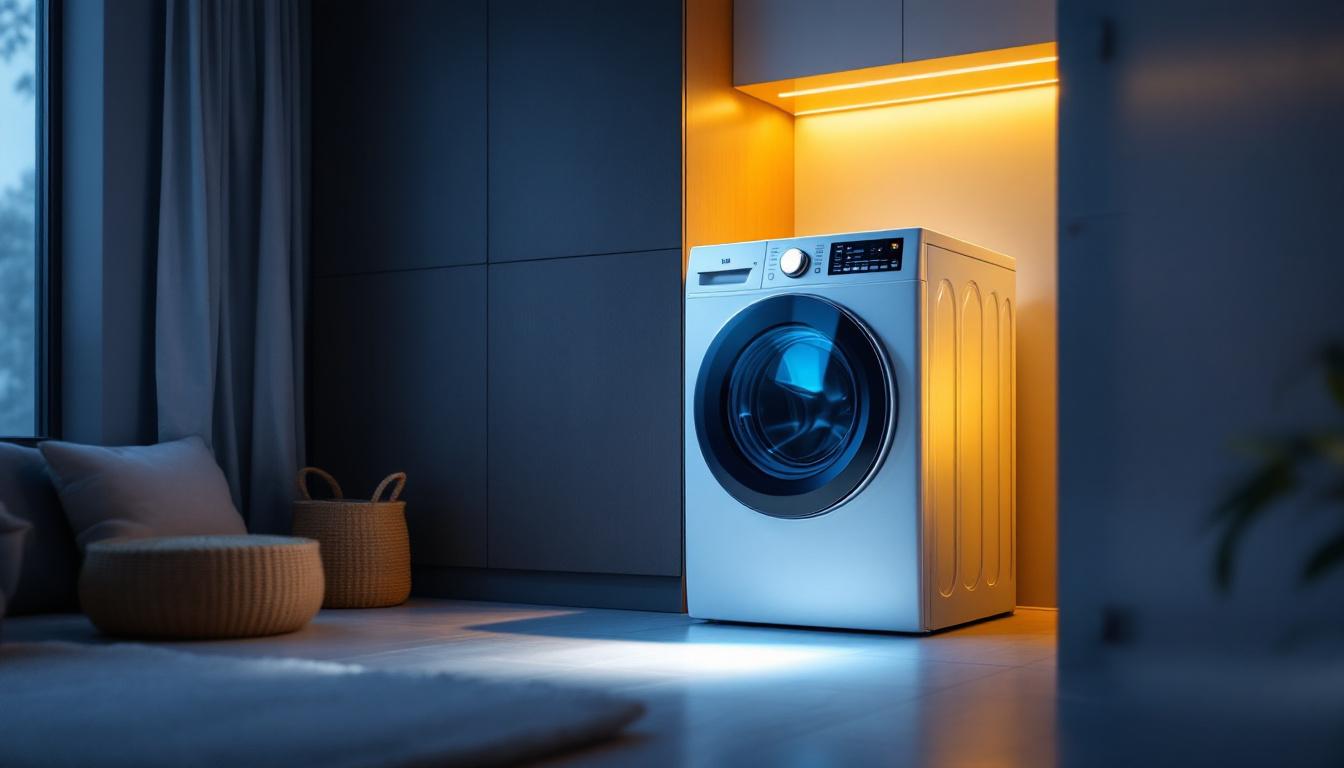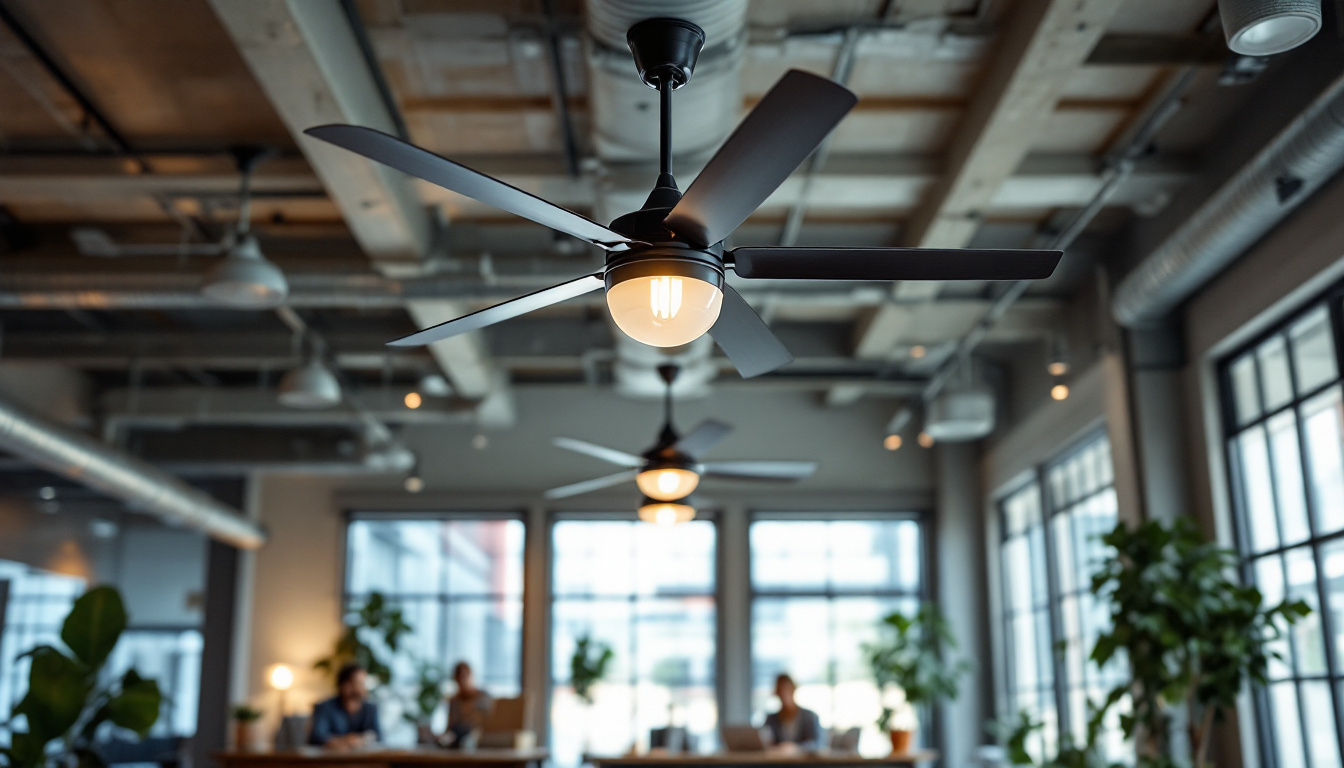
As the demand for sustainable and energy-efficient solutions continues to rise, solar outside lighting has emerged as a popular choice among homeowners and businesses alike. Lighting contractors play a crucial role in guiding clients towards effective solar lighting solutions. This article explores top strategies that lighting contractors can employ to maximize the benefits of solar outside lighting.
Before diving into strategies, it’s essential for lighting contractors to have a solid understanding of solar lighting technology. This knowledge not only aids in the selection of appropriate products but also enables contractors to educate clients effectively. As the demand for sustainable energy solutions continues to rise, having a comprehensive grasp of solar technology can set contractors apart in a competitive market.
A solar lighting system typically consists of several key components: solar panels, batteries, LED lights, and a control system. The solar panels convert sunlight into electricity, which is stored in batteries for use during the night. LED lights, known for their energy efficiency, illuminate the area, while the control system manages the operation of the lights based on environmental conditions. Each component plays a critical role in ensuring optimal performance and longevity of the lighting system.
Understanding these components allows contractors to assess the quality and compatibility of various products. For instance, the efficiency of solar panels can significantly affect the overall performance of the lighting system. Therefore, selecting high-quality components is paramount for successful installations. Additionally, contractors should be aware of advancements in battery technology, such as lithium-ion batteries, which offer longer life cycles and faster charging times compared to traditional lead-acid batteries. This knowledge empowers contractors to make informed choices that enhance the reliability and efficiency of their solar lighting solutions.
There are several types of solar lighting solutions available, each suited for different applications. Pathway lights, floodlights, and decorative fixtures are just a few examples. Contractors should be familiar with these options to recommend the best fit for their clients’ needs. Moreover, understanding the specific requirements of each application can help contractors provide tailored solutions that maximize both functionality and aesthetic appeal.
Pathway lights are ideal for illuminating walkways and driveways, enhancing safety and aesthetics. Floodlights, on the other hand, provide broader illumination for larger areas, making them suitable for gardens, parking lots, or commercial properties. Decorative fixtures can add a stylish touch while still providing functional lighting. Understanding the nuances of each type helps contractors tailor their recommendations effectively. Furthermore, it’s important to consider the installation environment; for example, coastal areas may require fixtures with corrosion-resistant materials due to salt exposure, while urban settings might benefit from lights that minimize light pollution. By taking these factors into account, contractors can ensure that their solar lighting solutions not only meet client expectations but also stand the test of time in various conditions.
Before installation, thorough site assessments are crucial. Factors such as sunlight exposure, landscape features, and existing electrical infrastructure can influence the effectiveness of solar lighting solutions.
The amount of sunlight a location receives directly impacts the performance of solar lighting systems. Contractors should assess the site for potential obstructions, such as trees, buildings, or fences, that may cast shadows on the solar panels. Ideally, solar panels should be placed in areas that receive unobstructed sunlight for the majority of the day.
Using tools like solar pathfinders can help contractors visualize sunlight patterns throughout the year. This data is invaluable for determining the optimal placement of solar fixtures, ensuring they receive adequate sunlight for maximum efficiency.
Landscape features not only affect sunlight exposure but also influence the aesthetic appeal of the lighting installation. Contractors should take into account the existing vegetation, hardscapes, and architectural elements when planning the layout of solar lights.
For instance, strategically placing lights near trees or shrubs can create beautiful shadows and enhance the overall ambiance of the outdoor space. Additionally, considering the color and design of the fixtures in relation to the landscape can lead to a more harmonious and visually appealing installation.
With a plethora of solar lighting products available, selecting the right ones for a project can be daunting. However, focusing on quality and suitability can streamline the decision-making process.
When recommending solar lighting products, quality and durability should be top priorities. Contractors should seek products that are constructed from weather-resistant materials, ensuring they can withstand various environmental conditions.
Additionally, choosing fixtures with high-quality solar panels and batteries can significantly enhance performance. Products that come with warranties often indicate a manufacturer’s confidence in their durability, providing peace of mind for both contractors and clients.
Energy efficiency is a critical factor in solar lighting. Contractors should look for products that utilize LED technology, as LEDs consume significantly less energy compared to traditional incandescent bulbs. This not only extends the lifespan of the lighting system but also reduces the frequency of battery replacements.
Furthermore, some solar lights come equipped with motion sensors or dimming features, allowing for even greater energy savings. By recommending energy-efficient products, contractors can help clients reduce their carbon footprint while enjoying long-lasting illumination.
Proper installation is vital for the success of solar lighting systems. Following best practices ensures optimal performance and longevity of the fixtures.
Each solar lighting product comes with specific installation guidelines provided by the manufacturer. It is essential for contractors to adhere to these instructions to ensure the system operates as intended. This includes proper placement of solar panels, securing fixtures, and connecting any necessary components.
Contractors should also be aware of local regulations and codes that may affect installation. Ensuring compliance not only protects the contractor but also guarantees the safety and satisfaction of the client.
Once the installation is complete, testing the system is crucial. Contractors should check that all lights are functioning correctly and that solar panels are receiving adequate sunlight. Adjustments may be necessary to optimize performance, such as repositioning fixtures or adjusting settings on control systems.
Conducting a thorough post-installation check can prevent potential issues down the line and enhance client satisfaction. It also provides an opportunity for contractors to educate clients on how to maintain their solar lighting systems for optimal performance.
While solar lighting systems are generally low-maintenance, educating clients about proper care can extend the life of their investment.
One of the simplest yet most effective maintenance tasks is regular cleaning of solar panels. Dust, debris, and bird droppings can accumulate on the surface, reducing efficiency. Contractors should advise clients to clean the panels periodically, especially after storms or heavy winds.
Additionally, clients should be encouraged to inspect the fixtures for any signs of damage or wear. Early detection of issues can prevent costly repairs or replacements in the future. Providing a maintenance schedule can help clients stay on track with these tasks.
The batteries used in solar lighting systems typically have a limited lifespan. Educating clients on the signs of battery deterioration, such as reduced illumination or flickering lights, can prompt timely replacements. Contractors should recommend specific battery types that are compatible with the installed fixtures to ensure optimal performance.
Furthermore, discussing the importance of using high-quality batteries can help clients make informed decisions when replacements are needed. A proactive approach to battery care can significantly enhance the longevity of the entire solar lighting system.
In an increasingly digital world, leveraging technology can provide contractors with a competitive edge in the solar lighting market.
Design software can assist contractors in visualizing solar lighting projects before installation. These tools allow for accurate planning, taking into account site conditions, fixture placement, and lighting effects. By presenting clients with detailed designs, contractors can enhance their credibility and facilitate decision-making.
Moreover, design software can help contractors estimate energy savings and return on investment, providing clients with compelling reasons to choose solar lighting solutions.
Smart technology is revolutionizing outdoor lighting, including solar solutions. Contractors can explore options that integrate smart controls, allowing clients to manage their lighting systems remotely via smartphones or tablets.
Features such as scheduling, dimming, and motion detection can enhance the functionality of solar lights while providing added convenience for users. By offering these advanced solutions, contractors can position themselves as forward-thinking professionals in the industry.
Effectively marketing solar lighting solutions is essential for contractors looking to expand their client base. A well-crafted marketing strategy can highlight the benefits of solar lighting and attract potential customers.
As consumers become more environmentally conscious, emphasizing the sustainability aspect of solar lighting can resonate with clients. Marketing materials should highlight the reduced carbon footprint and energy savings associated with solar solutions.
Additionally, showcasing potential cost savings over time, including reduced electricity bills and minimal maintenance costs, can be a compelling selling point. Providing case studies or testimonials from satisfied clients can further reinforce these benefits.
In today’s digital age, maintaining a strong online presence is crucial for contractors. Utilizing social media platforms to showcase completed projects, share informative content, and engage with potential clients can significantly boost visibility.
Creating a user-friendly website that includes educational resources, project galleries, and contact information can also enhance credibility. By leveraging digital marketing strategies, contractors can effectively reach a broader audience and promote their solar lighting solutions.
Solar outside lighting offers a sustainable and efficient solution for illuminating outdoor spaces. By understanding the technology, assessing site conditions, choosing quality products, and following best installation practices, lighting contractors can provide exceptional service to their clients.
Moreover, educating clients on maintenance, leveraging technology, and implementing effective marketing strategies can further enhance the success of solar lighting projects. As the demand for environmentally friendly solutions continues to grow, embracing these strategies will position lighting contractors as leaders in the solar lighting market.
In a world increasingly focused on sustainability, solar outside lighting is not just a trend; it’s a smart investment for the future. By adopting these top strategies, lighting contractors can ensure their clients enjoy the benefits of solar lighting for years to come.
Ready to elevate your solar outside lighting projects with the finest products on the market? Look no further than LumenWholesale, where we offer an exceptional range of spec-grade lighting options tailored to your needs. Our commitment to quality, coupled with unbeatable wholesale prices, ensures that you can deliver outstanding results to your clients without breaking the bank. Say goodbye to local distributor markups and hello to hassle-free bulk purchasing with free shipping. Don’t compromise on quality or value; choose LumenWholesale for lighting solutions that truly shine. Discover the perfect blend of affordability and high performance by visiting Wholesale Lighting at the Best Value today.

Discover innovative strategies for integrating outlet washing machines into smart lighting systems.

Discover essential tips and strategies for lighting contractors to excel in outlet socket installations.

Discover how lighting contractors can enhance energy efficiency and client satisfaction by selecting the perfect commercial ceiling fan.

Discover the benefits of garden solar powered lights and how they can revolutionize your lighting installation projects.